Application of Copula Entropy in Constructing Two-Dimensional Joint PDF
DOI: 10.23977/jceup.2025.070116 | Downloads: 12 | Views: 548
Author(s)
Zhuhao Zhang 1, Xuanyi Zhang 1, Yangang Zhao 1
Affiliation(s)
1 Key Laboratory of Urban Security and Disaster Engineering of Ministry of Education, Beijing University of Technology, No.100 Pingleyuan, Beijing, 100124, China
Corresponding Author
Xuanyi ZhangABSTRACT
Two-dimensional joint distribution functions are extensively employed across multiple disciplines, serving as a critical tool to describe and quantify the intricate relationships between two random variables. Copula theory is widely used in the calculation of joint distribution function due to its flexibility in selection of marginal distributions and the dependency structure However, existing methods of constructing joint distributions based on Copula theory often face issues regarding the selection of an appropriate Copula function, which may be inefficient and inflexible. To address these issues, this paper proposes a method based on copula entropy. By using the maximum entropy copula entropy theory as the creteria, a two-dimensional joint probability density function is proposed. Case studies demonstrate that the copula entropy method is not limited to existing copula types and exhibits superior computational efficiency and greater flexibility compared to conventional copula methods when handling mixed distributions and multimodal distributions.
KEYWORDS
Two-Dimensional Joint PDF; Copula Theory; Copula EntropyCITE THIS PAPER
Zhuhao Zhang, Xuanyi Zhang, Yangang Zhao, Application of Copula Entropy in Constructing Two-Dimensional Joint PDF. Journal of Civil Engineering and Urban Planning (2025) Vol. 7: 136-147. DOI: http://dx.doi.org/10.23977/jceup.2025.070116.
REFERENCES
[1] Li XW, Zhang XY, Zhao YG. Bivariate cubic normal distribution for non-Gaussian problems. Structural Safety. 2025 Jan 1;112:102541.
[2] Shuai-bing W U, Dian-qing L I, Chuang-bing Z. Bivariate construction methods and its effect on structural reliability[J]. Engineering Mechanics, 2012, 29(7): 69-74.
[3] Nataf A. Détermination des distributions de probabilités dont les marges sont données, vol. 225 of Comptes Rendus de la Académie des Sciences[J]. 1962.
[4] Hawkes P J, Gouldby B P, Tawn J A, et al. The joint probability of waves and water levels in coastal engineering design[J]. Journal of hydraulic research, 2002, 40(3): 241-251.
[5] Adamson P T, Metcalfe A V, Parmentier B. Bivariate extreme value distributions: an application of the Gibbs sampler to the analysis of floods[J]. Water Resources Research, 1999, 35(9): 2825-2832.
[6] Sklar M. Fonctions de répartition à n dimensions et leurs marges[C]//Annales de l'ISUP. 1959, 8(3): 229-231.
[7] Nelsen R B. An introduction to copulas[M]. Springer, 2006.
[8] Hu L. Essays in econometrics with applications in macroeconomic and financial modeling[M]. Yale University, 2002.
[9] The OEN mixture model for the joint distribution of wind speed and direction: A globally applicable model with physical justification.
[10] Ji X, Zou J, Cheng Z, et al. Generalized bivariate mixture model of directional wind speed in mixed wind climates[J]. Alexandria Engineering Journal, 2024, 89: 98-109.
[11] Akaike H. A new look at the statistical model identification[J]. IEEE transactions on automatic control, 1974, 19(6): 716-723.
[12] Schwarz G. Estimating the dimension of a model[J]. The annals of statistics, 1978: 461-464.
[13] Xiao-song T, Dian-qing LI, Chuang-bing Z, et al. Modeling bivariate distribution using copulas and its application to component reliability analysis[J]. Engineering Mechanics, 2013, 30(12): 8-17, 42.
[14] T.Chai,R.R. Draxler, Root mean square error (rmse) or mean absolute error (mae), Geoscientific model development discussions 7 (1) (2014) 1525–1534
[15] WANG D, ZHU Y. Principle of maximum entropy and its application in hydrology and water resources[J]. Advances in Water Science, 2001, 12(3): 424-430.
[16] Chu B. Recovering copulas from limited information and an application to asset allocation[J]. Journal of Banking & Finance, 2011, 35(7): 1824-1842.
[17] Mead L R, Papanicolaou N. Maximum entropy in the problem of moments[J]. Journal of Mathematical Physics, 1984, 25(8): 2404-2417.
[18] Kapur J N. Maximum-entropy models in science and engineering[M]. John Wiley & Sons, 1989.
| Downloads: | 11427 |
|---|---|
| Visits: | 385454 |
Sponsors, Associates, and Links
-
Journal of Sustainable Development and Green Buildings
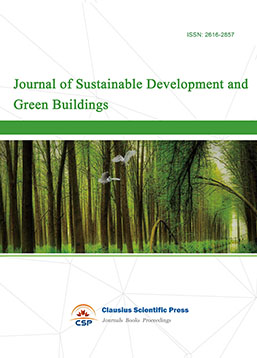
-
Landscape and Urban Horticulture
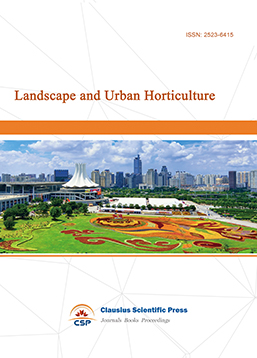
-
Bridge and Structural Engineering
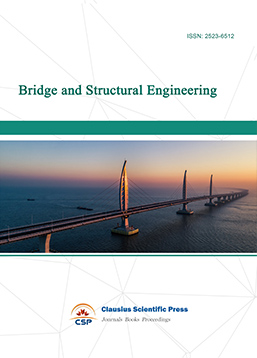
-
Soil Mechanics and Geotechnical Engineering
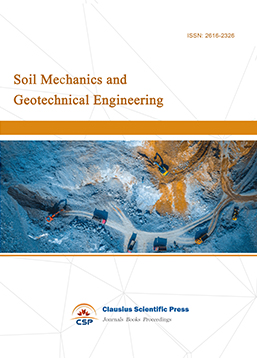
-
Journal of Municipal Engineering
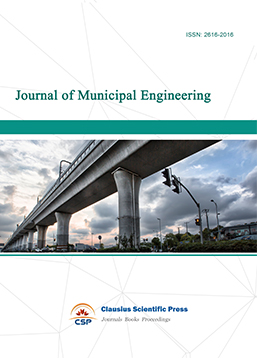
-
Heating, Ventilation and Air Conditioning

-
Indoor Air Quality and Climate
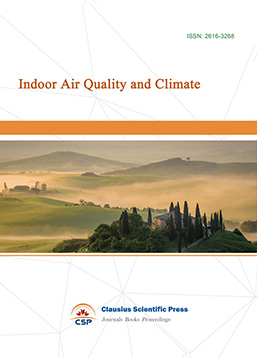
-
Computer Aided Architecture Design
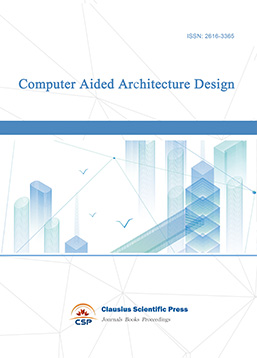

 Download as PDF
Download as PDF